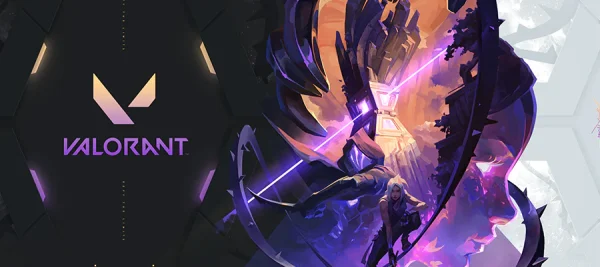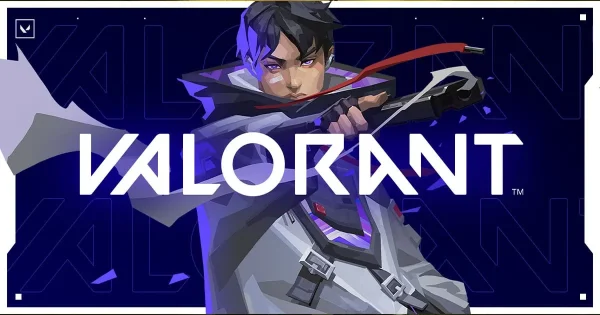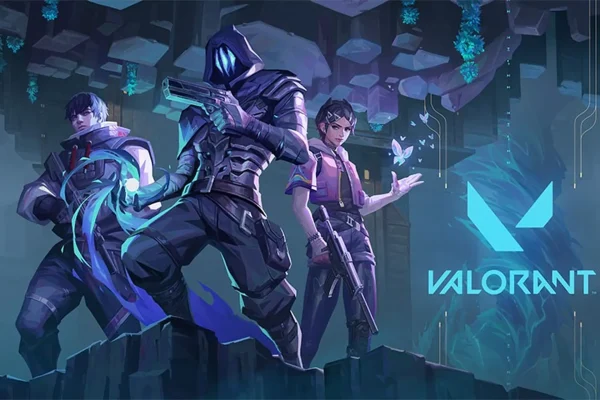Popular Now
Introduction
Valorant, Riot Games’ competitive tactical shooter, has exploded in popularity within the esports world. The game blends precise gunplay similar to Counter-Strike with unique hero-based abilities, creating a mix that demands both sharp aim and smart decision-making. Whether you are new to first-person shooters or just new to Valorant, this guide will walk you through every step — from installation to advanced strategies — so you can improve your skills and start winning matches.
1. Setting Up Valorant
Before playing, you need to have the game installed and ready to run smoothly. Valorant is free-to-play, but requires a Riot Games account and a stable internet connection. Head to Riot’s official Valorant website, download the installer, and follow the steps to install the game on your PC.
Make sure your computer meets the minimum requirements. Poor performance can hurt your aim and reaction time. Once installed, log in with your Riot account and configure your settings — particularly graphics, sensitivity, and keybinds — for maximum comfort and efficiency.
Minimum System Requirements:
-
OS: Windows 7/8/10 64-bit
-
RAM: 4 GB
-
GPU: Intel HD 3000 or better
-
CPU: Intel i3-370M or higher
-
Internet: Stable broadband connection

2. Understanding the Basics
Valorant is a 5v5 tactical shooter. One team attacks while the other defends. Attackers aim to plant the Spike (a bomb) at one of the designated sites, while defenders must prevent it from being planted or defuse it after it’s planted. The first team to win 13 rounds wins the match.
Economy is an important layer of gameplay. Players earn credits each round to buy weapons, armor, and abilities. Managing when to buy or save — known as “eco rounds” and “buy rounds” — is critical for long-term success in a match.
3. Choosing the Right Agent
In Valorant, you choose from a roster of “Agents,” each with unique abilities and a specific role. The four main roles are:
-
Duelist: Aggressive fraggers (e.g., Jett, Reyna, Phoenix)
-
Controller: Map control experts (e.g., Omen, Brimstone, Viper)
-
Initiator: Create opportunities for the team (e.g., Sova, Skye, Breach)
-
Sentinel: Defensive support (e.g., Sage, Killjoy, Cypher)
Experiment with different agents to find one that fits your playstyle. If you like leading the charge, go for a Duelist. If you prefer supporting the team or holding down areas, consider a Sentinel or Controller.
4. Mastering Movement
Movement in Valorant is more than just traveling — it directly affects your shooting accuracy. Running while firing greatly reduces your precision, so it’s important to learn how to stop or crouch before shooting. This technique, known as counter-strafing, is essential for accurate shots.
Sound is also a factor. Running makes loud footsteps that enemies can hear. Walking (holding Shift by default) keeps you silent. Use this when sneaking up or avoiding giving away your position.
Movement Tips:
-
Use Shift to walk silently in risky areas.
-
Learn to jiggle peek to gather information safely.
-
Use jump peeks to bait enemy shots without exposing yourself fully.

5. Learning to Shoot Accurately
Valorant rewards precise aiming. Every weapon has its own recoil pattern. Practice in the shooting range to learn how each gun behaves and how to control it.
Headshots are the fastest way to eliminate opponents. Always keep your crosshair at head level while moving around the map. Avoid holding your crosshair too low — this habit can cost you valuable milliseconds in gunfights.
Main Weapon Categories:
-
Pistols: Classic, Ghost, Sheriff
-
SMGs: Stinger, Spectre
-
Rifles: Vandal, Phantom, Guardian
-
Snipers: Marshal, Operator
6. Understanding Maps
Map knowledge is crucial for success. Each map has unique layouts, angles, and callouts (predefined location names). Learn these callouts so you can communicate effectively with your team.
Knowing the common chokepoints, plant sites, and hiding spots allows you to anticipate enemy movements and plan your strategies better. This also helps when predicting rotations or flanks.
Current Maps Include:
Ascent, Bind, Haven, Icebox, Split, Lotus, Sunset
7. Using Abilities Effectively
Abilities are what make Valorant unique compared to traditional shooters. They can help control space, gather information, or force opponents into disadvantageous positions.
However, abilities should complement your gunplay, not replace it. A well-timed smoke, flash, or recon dart can be the difference between winning and losing a round. Coordinate with teammates to get the most out of each ability.
Example: Use a smoke to block enemy vision while your Duelist dashes in, or a recon dart to reveal enemies before committing to a push.

8. Communicating with Your Team
Communication is a massive factor in Valorant. Use your microphone or text chat to relay important information like enemy positions, ability usage, and strategies.
Keep callouts short and specific to avoid confusion. For example: “Two in Hookah, one low HP, rotating to B.” Positive communication can also improve team morale, keeping everyone focused and coordinated.
9. Developing Game Sense
Game sense is your ability to predict what will happen next. It comes from experience, pattern recognition, and understanding your opponents’ behavior.
You can improve game sense by reviewing your own gameplay, learning from mistakes, and watching professional matches. Pay attention to how pros position themselves, use abilities, and rotate across maps.
10. Advancing to Competitive Play
Once you’re comfortable with the basics, it’s time to try Competitive mode. This ranked playlist matches you with players of similar skill levels. Your rank is determined after several placement matches, and you can climb or drop based on performance.
Competitive play requires focus, discipline, and a willingness to learn from both wins and losses. Treat each match as a learning experience, and work on consistent improvement rather than chasing rank too quickly.
Valorant Rank Tiers:
Iron, Bronze, Silver, Gold, Platinum, Diamond, Ascendant, Immortal, Radiant
Conclusion
Valorant is a blend of precision, strategy, and teamwork. By setting up your game properly, mastering aim and movement, learning maps, using abilities wisely, and communicating effectively, you can steadily improve your skills. With patience and practice, you’ll rise through the ranks and experience the excitement of competitive tactical shooting at its finest.

















